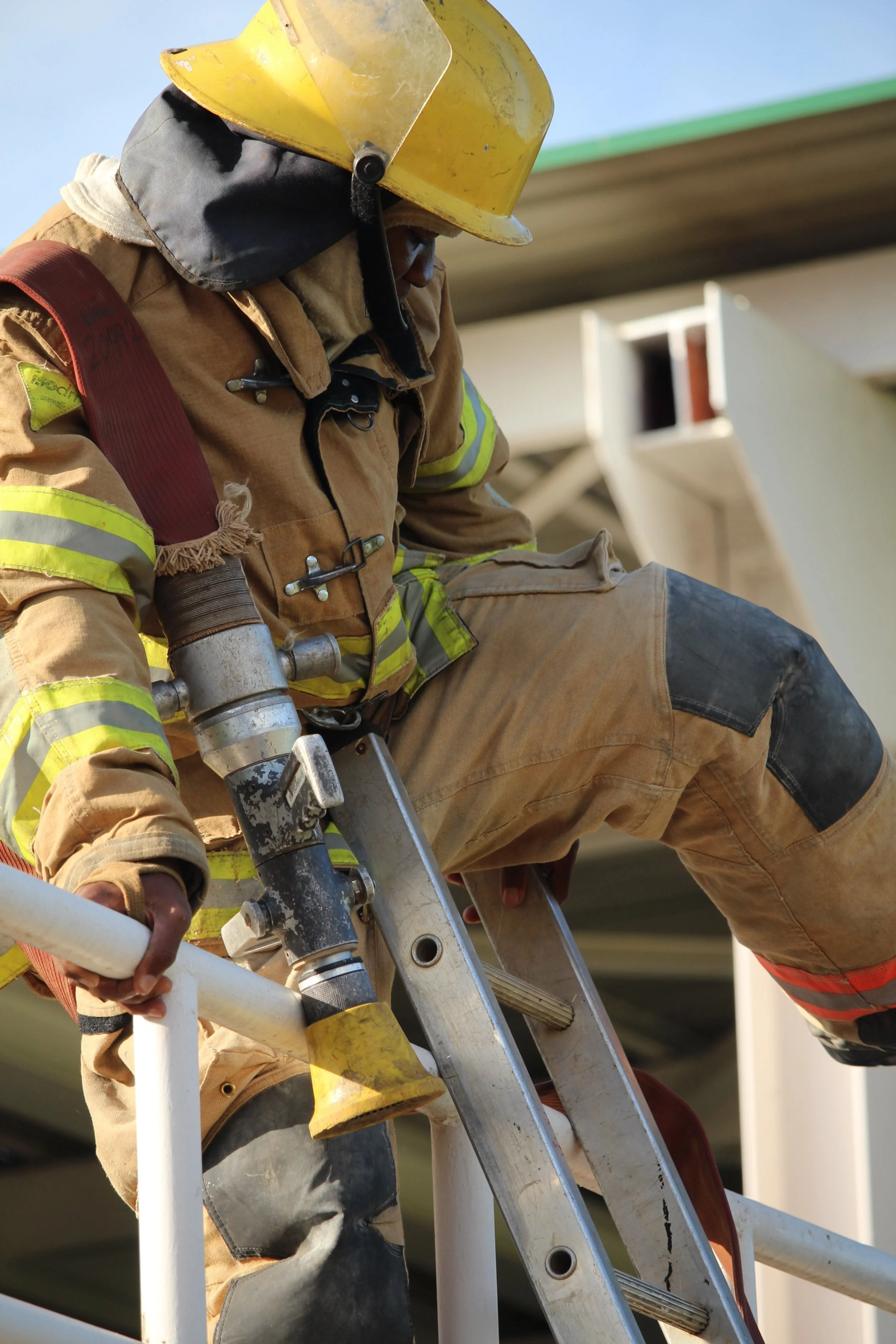by F. R. Montes de Oca
Initial arrival at a fire often poses several simultaneous challenges for the officer to address rapidly. Utilizing the Rule of 3 can help the incident commander to develop a tactical posture. They are:
1. What do I have?
2. Where is it going?
3. What do I need?
The first question (What do I have?) addresses:
The terrain of an incident location or layout of a building can impact the tactics you should use.
What is the building used for? Living? Storage? Manufacturing?
Is it a single or multiple-family dwelling?
Are there victims? If so, how many? Are they exiting on their own?
What is the square footage and how many stories?
Are additional occupants still in the structure who need help to exit?
Similar questions can be asked for a vehicle fire: size (single, multi-vehicle or public transit vehicle. Victims out or entrapped?
The second question (Where is it going?) forces you to think about the possibility of spread:
Do I have exposures? Is high heat or high winds affecting fire spread?
Can I ignore the exposures and focus on the primary body of fire?
Will I need additional resources for fire progression AND exposures?
Must I focus all resources to rescue occupants?
Focusing on egress pathways for building occupants is imperative. Often-times with limited resources tactics must be focused solely on rescuing or assisting occupants exit the structure.
The third question (What do I need?) is based on what is discovered or decided upon by answering the first two questions. What resources needed implies deciding whether hoselines are applied directly initially or are supply lines needed – or must victim rescue be my first tactic?
The situation is often complicated by the fire rapidly spreading due to high winds or multiple victims needing rescue. When this occurs, tactics will change quickly from suppression to rescue.
While the tactics may address the initial and additional challenges, it is important to remain cognizant of additional aspects to ensure an effective fireground operation:
Communications, which is the critical conduit of incident management. All on-scene and responding members must be apprised of the current situation and have a clear understanding of their assignments.
Rehabbing responders operating on scene is one of the most important actions the Incident Commander can ensure occurs. Ensuring that members take a short break every 15 minutes or so will allow crew viability and increased scene effectiveness.
Incident Safety should be the overarching effort all scene commanders should undertake. Whether on scene at a structure fire, complex vehicular accident or hazardous materials incidents maintaining the safety and well-being of responders is imperative.
If formally assigned Safety Officers are not part of the department, it is advisable to appoint someone on scene whose only function is observing operations to ensure the safety and welfare of all firefighters. Whenever possible, the individual assigned the task should possess a mix of experience and formalized safety training.
At your next emergency incident pose the three questions to assist you in developing effective tactical decisions.
In closing, Incident command truisms that help officers maintain a sharper eye on effective tactical decision-making:
When a tactic is not working, change the tactic.
No matter how good your plan is, have a backup plan.
Frank Montes de Oca served as a firefighter/paramedic for over 38 years attaining positions as Chief of EMS, Training Bureau Commander, and Chief of Department. He remains engaged in managing and developing firefighter safety programs and mentoring leaders.


